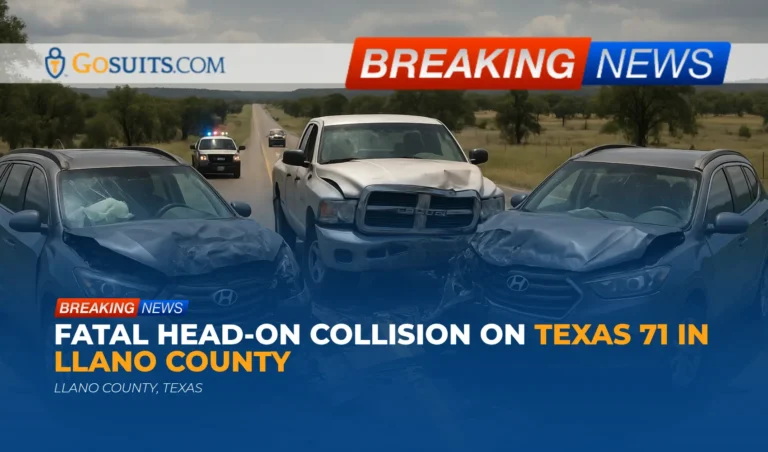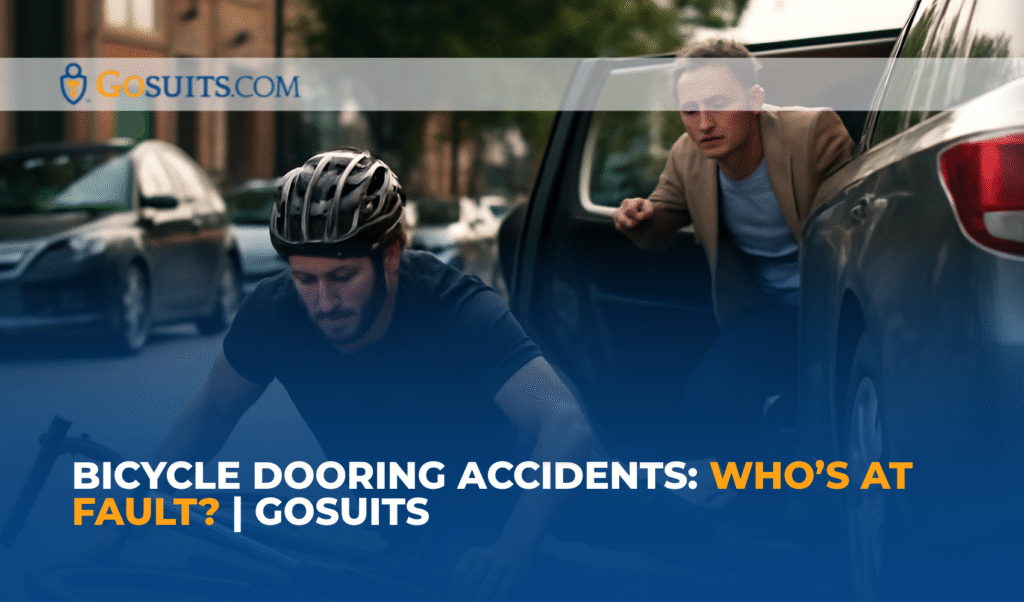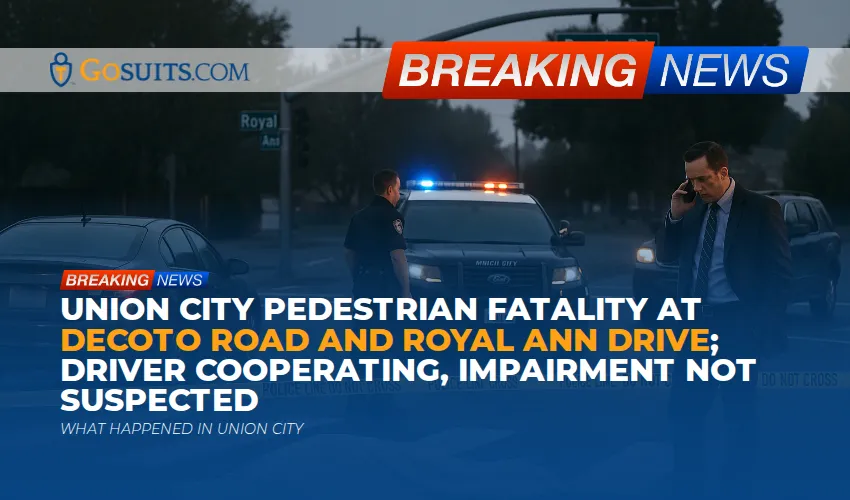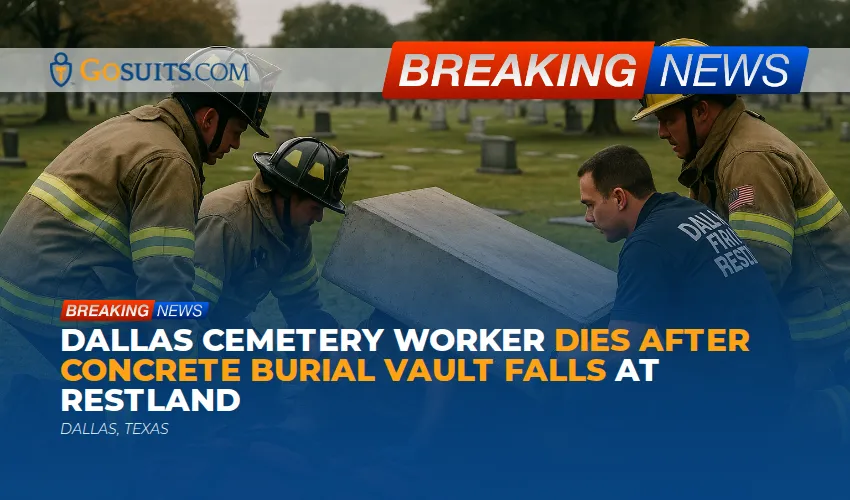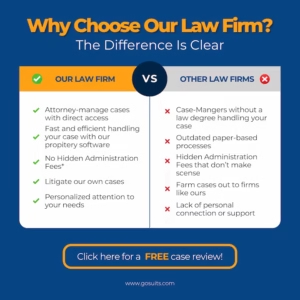
One Killed in Head-On Collision on Texas 71 in Llano County
A tragic head-on collision on Texas 71 in Llano County resulted in the death of one person on Sunday, July 31, 2025. The accident, which occurred near County Road 306, involved two Hyundai Santa Fe vehicles and a Dodge truck.
According to reports from the Texas Department of Public Safety (DPS), a 2009 Dodge truck traveling westbound on Texas 71 drifted into the eastbound lane. The truck sideswiped one Hyundai Santa Fe before colliding head-on with a second Hyundai Santa Fe. The female driver of the second Santa Fe sustained fatal injuries in the collision.
Authorities have not released further details about the circumstances leading to the crash or any contributing factors. The investigation is currently ongoing as DPS works to determine the cause of the accident.
Accident Reconstruction and Liability in Head-On Collisions
Head-on collisions are among the most severe types of car accidents due to the combined forces involved. These collisions often result in significant injuries or fatalities. Determining the cause of a head-on collision is crucial for establishing liability and pursuing a personal injury claim or wrongful death lawsuit.
Several factors can contribute to a vehicle crossing the center line and causing a head-on collision. Driver negligence, such as distracted driving, driving under the influence of alcohol or drugs, speeding, or drowsy driving, is a common cause. Mechanical failures, such as faulty brakes or steering components, can also lead to a driver losing control of their vehicle. Road conditions, such as poor visibility due to weather or inadequate signage, may also play a role in some accidents.
In the aftermath of a serious collision, a thorough investigation is essential to gather evidence and reconstruct the events leading up to the crash. Accident reconstruction experts may be called upon to analyze the scene, vehicle damage, and other evidence to determine the sequence of events and identify contributing factors. This may involve examining the vehicles’ event data recorders (EDRs), also known as “black boxes,” which can provide valuable information about vehicle speed, braking, and other parameters before and during the collision.

Legal Recourse for Victims of Car Accidents
Texas law allows individuals injured in car accidents caused by the negligence of others to pursue compensation for their damages. This compensation may include medical expenses, lost wages, property damage, pain and suffering, and other related losses. In the unfortunate event of a fatality, the deceased’s family may be able to pursue a wrongful death claim to recover damages such as funeral expenses, loss of companionship, and loss of financial support.
Texas law specifies who can bring a wrongful death claim, typically including the deceased’s spouse, children, and parents. A claim can also be brought on behalf of the deceased’s estate. It’s important to note that Texas has a statute of limitations, which sets a time limit for filing a lawsuit. In wrongful death cases, the statute of limitations is two years from the date of the incident.
Securing evidence promptly after a car accident can be crucial. This may involve taking photographs of the accident scene, including skid marks and vehicle damage; gathering witness statements; and preserving any physical evidence, such as the vehicles involved.
Commentary from Gosuits Llano County, Texas Personal Injury Attorney
This tragic accident in Llano County serves as a stark reminder of the potential consequences of negligent driving. While the investigation is ongoing, it is important to remember that victims of car accidents have rights under Texas law. If you or a loved one has been injured in a car accident due to the fault of another driver, it is essential to understand your legal options. Navigating the legal process after a serious accident can be challenging, and seeking skilled legal guidance can help protect your rights and ensure you receive the compensation you deserve. An attorney can help you investigate the accident, gather evidence, negotiate with insurance companies, and, if necessary, file a lawsuit to pursue your claim.
